ZHCSIQ0F August 2018 – August 2020 TPS2120 , TPS2121
PRODUCTION DATA
- 1 特性
- 2 应用
- 3 说明
- 4 Revision History
- 5 Device Comparison Table
- 6 Pin Configuration and Functions
- 7 Specifications
- 8 Parameter Measurement Information
-
9 Detailed Description
- 9.1 Overview
- 9.2 Functional Block Diagram
- 9.3
Feature Description
- 9.3.1 Input Settling Time and Output Soft Start Control (SS)
- 9.3.2 Active Current Limiting (ILM)
- 9.3.3 Short-Circuit Protection
- 9.3.4 Thermal Protection (TSD)
- 9.3.5 Overvoltage Protection (OVx)
- 9.3.6 Fast Reverse Current Blocking (RCB)
- 9.3.7 Output Voltage Dip and Fast Switchover Control (TPS2121 only)
- 9.3.8 Input Voltage Comparator (VCOMP)
- 9.4 TPS2120 Device Functional Modes
- 9.5 TPS2121 Device Functional Modes
- 10Application and Implementation
- 11Power Supply Recommendations
- 12Layout
- 13Device and Documentation Support
- 14Mechanical, Packaging, and Orderable Information
7.6 Typical Characteristics
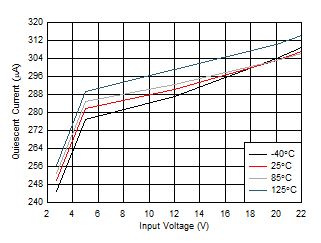
| ILM = 5.2A | ||
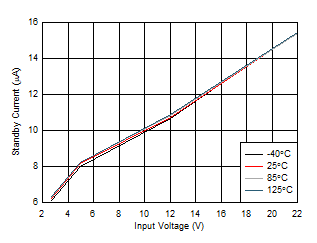
| ILM = 5.2A | ||
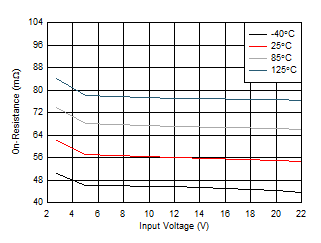
| IOUT = -200 mA |
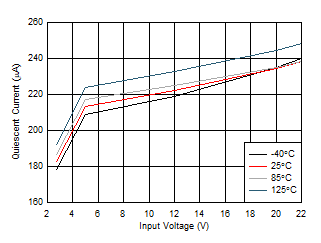
| ILM = 1.5A | ||
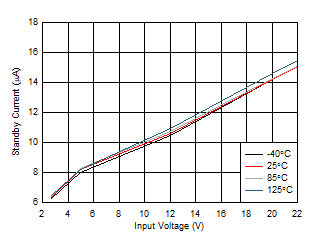
| ILM = 1.5A | ||

| VIN1 > UVLO | VIN2 = 0V |
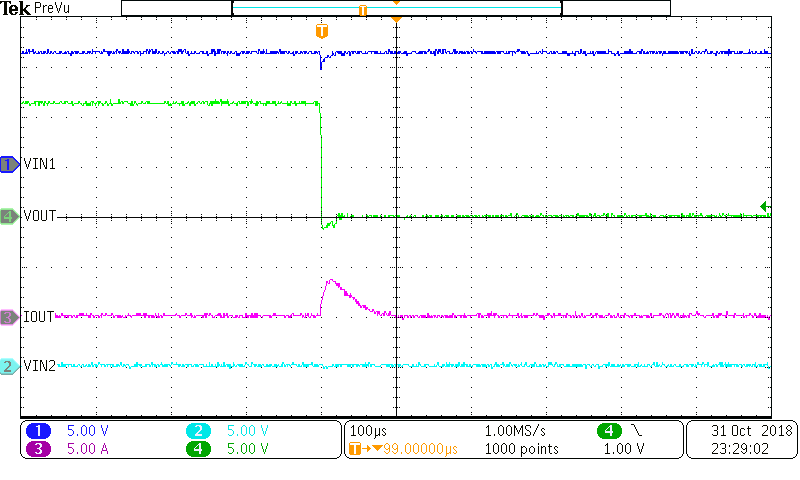
| VIN1 = 12 V | VIN2 = 0 V | |
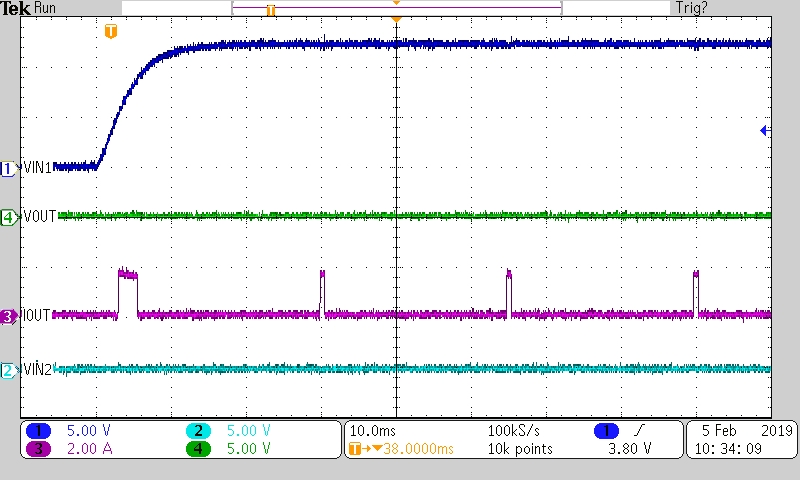
| VIN1 = 12 V | VIN2 = 0 V | VOUT = GND |
| RILM = 71.5kΩ |